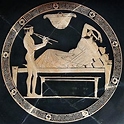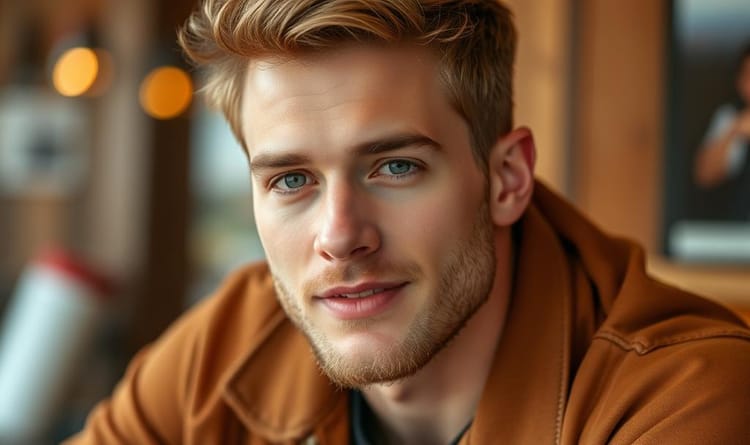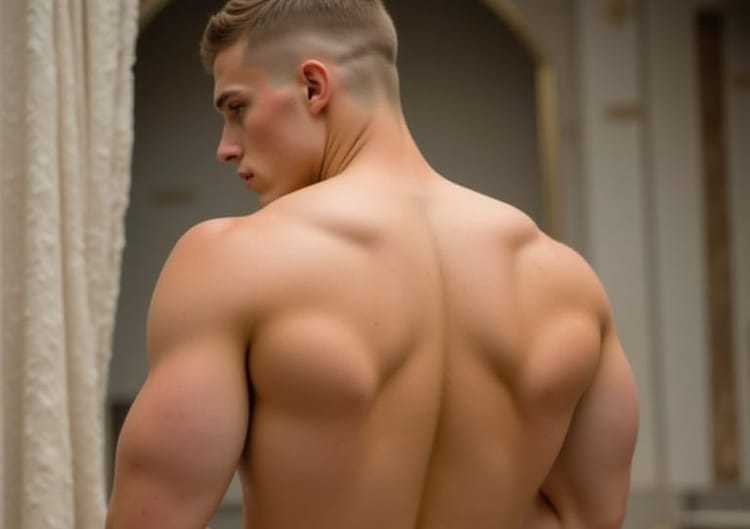Introduction to the Guys of the day
Beautiful, sensual, or simply pleasant and harmonious the best of the day chosen for you.

For twenty years we have been publishing photographs of male models, we try to choose those who best represent the ideal of male beauty in its age of physical and intellectual development, even those that the Greeks called "eromenoi" (ἐρώμενοι) and that we call adolescents or twinks.
Il Substack di Handsome is a reader-supported publication. To receive new posts and support my work, consider becoming a free or paid subscriber.
According to the ideology cited above, the eromenos (plural eròmenoi) had to be valued not only for their beauty but also for their modesty, industriousness, and courage. In Plato's Symposium, the heromen are described as the "best" boys, and their characteristic was:
"They love men and enjoy living with men and being embraced by men."
After reaching the age of maturity, the eromenos would move on to the role of erastès, courting and winning an eromenos for himself.
Following the publication of Kenneth Dover's work entitled "Homosexuality in Ancient Greece" in 1978, the two terms erastès and eromenos have become the standard words to define the two roles of the homosexual relationship. Both derive from the verb ἐράω (eràō) with the meaning of "to love" (from which the name of the god Eros also descends).
Typical traits of eròmenos can be seen in mythological characters such as Achilles, Hylas, Ati, Euryalus, and Clitius.
The word ἐρώμενος erṑmenos (plural ἐρώμενοι erṑmenoi) is the masculine form of the present passive participle of ἐράω (eràō), understood by Dover as the passive and subordinate partner; An eromenos could also be called παῖς (pàis) "child".
The παῖς has always been considered a future citizen and certainly not an inferior object of sexual gratification and with such respect, he is portrayed in the visual arts and Greek sculpture; the word can also be understood as a term of endearment, as a parent might use it and is also found in Sappho's poem, with a designation in this case exclusively related to age.
Our models would not have fallen within the age limits of the "Eromanians", since they have the minimum legal age, that is, from sixteen or eighteen years upwards, and this is not even our exclusive model, since the man who has well-developed and taken care of his physical appearance certainly represents the ideal of male physical beauty at any age.

Handsome Guys
Il Substack di Handsome is a reader-supported publication. To receive new posts and support my work, consider becoming a free or paid subscriber.





Comments ()